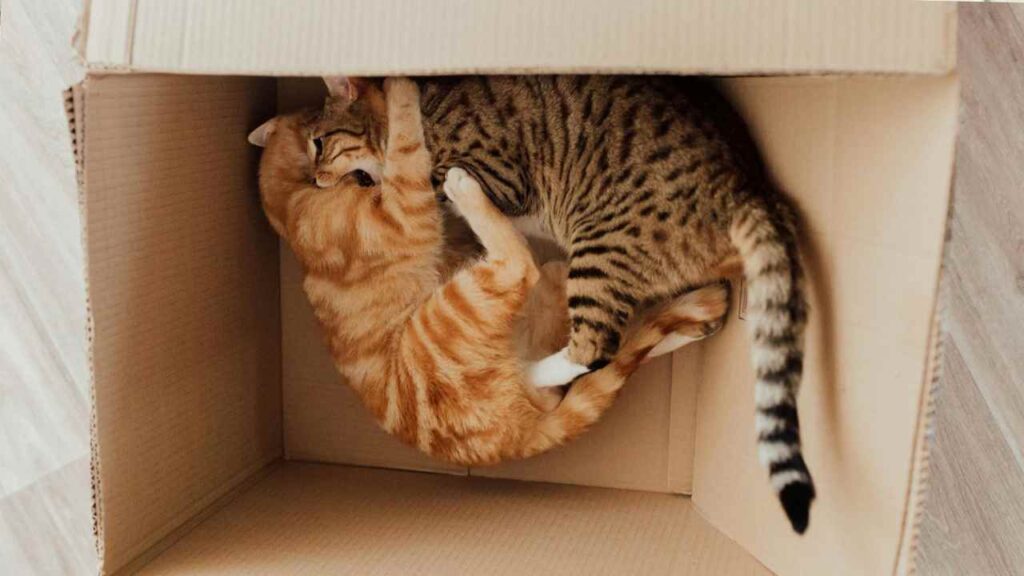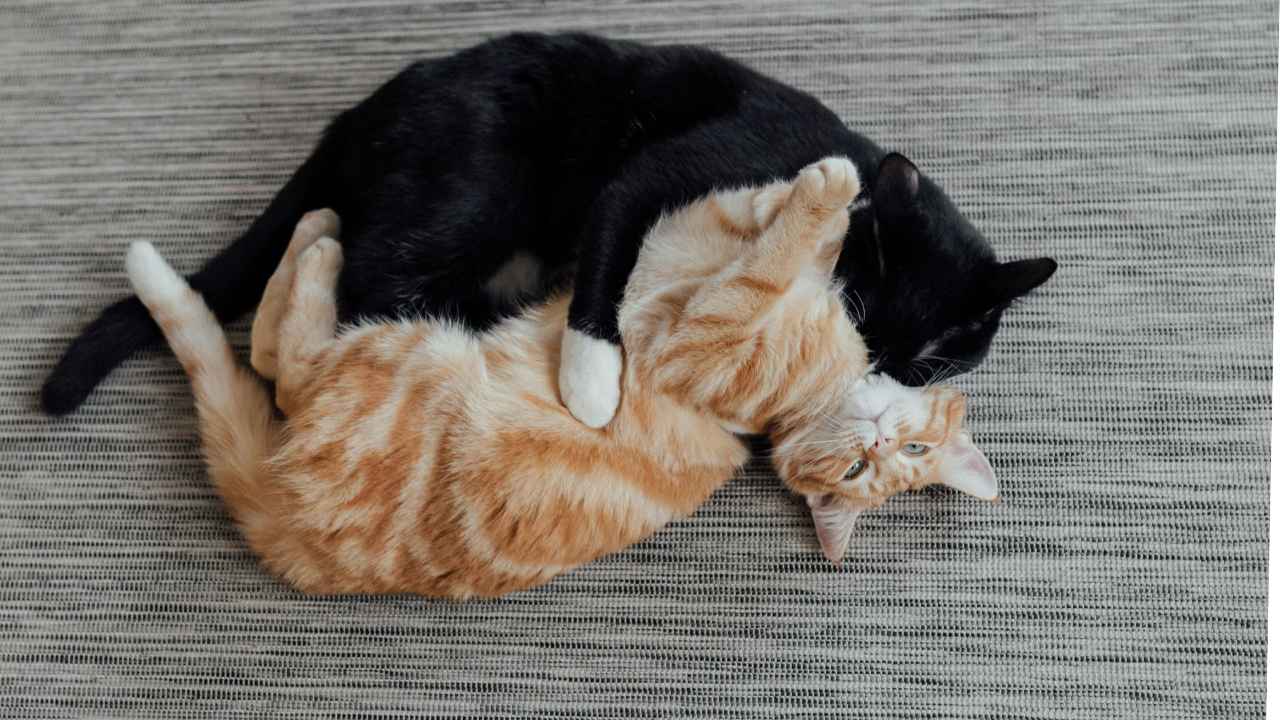How to Train Your Cat: Litter, Potty, and Leash Guide?
Cats can actually be trained; this might seem very hard to implement because most people think that cats cannot be trained. Dogs are more intelligent, and they can be easily trained on specific tasks and also basic commands of the show, among other things. In this guide, you will find fundamental techniques for teaching your cat as well as methods of litter training, potty training, and leash training.
Understanding Cat Behavior
Pet cats are stubborn animals, but like any other animals, they can readily be trained given the correct techniques. Positive reinforcement is most effective because cats do not react well to negative consequences. Knowing that they are habitual creatures that love to be clean is a useful concept to know when trying to train them.
Why Kittens Do Not Use the Litter Box

Training your cat to use a litter box is usually not a problem because the cat will instinctively know what to do. Cats are narcissistic when it comes to their needs; they will want a clean and private area.
Make the Right Choice: The Litter Box and Litter
Choose a litter box of your cat’s size. Make sure that it does not have a smell and that it is composed of tiny pieces.
Find a Suitable Location
Choose an area that is relatively less crowded, and it is also preferred that the litter box be in a comparatively low-noise area. These areas should not be close to food or water bowls.
Welcome Your Cat to Litter Pan
You should try to put the cat into the litter box after they feed or after waking up from a nap. Let them explore it freely.
Reward Correct Use
You should either praise your cat or offer a reward to your cat when it uses the litter box correctly. People love being rewarded, especially when the sessions are consistent to earn the reward.
Keep the Litter Box Clean
Scoop waste on a daily basis, and it is advisable to clean the box on a weekly basis. Cats cannot bear dirty litter boxes, so cleaning the box is very important.
How to Litter Train a Cat

If your cat has issues with littering, there may be more steps to go through in terms of training.
Observe Their Behavior
Keep track of where your cat has chosen to eliminate itself. It can be placed there temporarily until the areas are cleaned up effectively.
Use Multiple Litter Boxes
Unfortunately, where there are several cats in the house or in big houses, more than one litter box should be provided as a means of preventing problems resulting from cat territorial behavior.
Address Accidents Calmly
In the event of an accident, wipe up the spill with an enzymatic cleaner. Do not shout at your cat because doing so will cause your cat to develop fear.
Take Some Time to Graduate to the Outdoors (If Necessary)
If changing to outside toileting, then gradually the litter box must be taken nearer the door.
How to Potty Train a Cat
Using a human toilet by a cat may be achieved, but it takes so much time and effort to achieve the objective.
Start with a litter box.
Always ensure that you keep a litter box close to the toilet seat. When your cat has settled down, go ahead and put the cat on the toilet seat.
Use a Training Seat
For cat toilet training, you should purchase a cat toilet training kit containing a gradual transition system. These kits consist of a special seat for holding litter.
Reduce Litter Gradually
Gradually bring down how much litter you are putting in the litter box as your cat is in the process of being trained to use the toilet.
Encourage Proper Positioning
It will also be helpful to encourage your cat when it has positioned itself properly on the seat. Avoid rushing the process.
Monitor Progress
Remember how warm or comfortable your cat is at all times. If they appear tense, then pause or go back a step.
Understand the Risks
Toilet training is not suitable for every cat. Some will have balance issues or get anxiety.
How to Leash Train a Cat

Leash training gives your cat the ability to roam outside at will without having to fear for its life. This process should therefore be done patiently and should also be done repeatedly.
Choose the Right Equipment
Choose a harness made specifically for cats to make sure that the fit is really rather tight but not uncomfortable at all. Do not use collars in the training of leashes.
Socialize Your Cat to the Harness
Begin to familiarize them with the harness by placing it in your cat’s sleeping zone. Allow them to smell it and feel it.
Practice Indoors First
Put the harness on your cat, but do not secure it. The only way to add the duration is when the pedestrians have become accustomed to the scenic performance.
Attach the Leash Indoors
When your cat is accustomed to the harness, put a light leash on them and let them pull it around.
Start Walking Indoors
Take a tiny and firm grip on the leash and start wagging your cat around the house. Hoping that you have your pet’s best interest at heart, you can reward it with treats to help encourage movement.
Move Outdoors Gradually
First of all, try to have brief sessions outside and choose a calm area that is protected from heavy traffic. As much as your cat loves to roam around, let it do so at its own pace.
Be Patient and Positive
Praise the cat and offer some treats. In case you have it, do not pull the leash or make them move in the required direction forcefully.
Training Tips for Cats

Use Positive Reinforcement
In your home, for any good behavior, use treats, toys, or affection to punish the bad behavior. Your behavior chart should incorporate positive reinforcement for good behavior. Rewards are much more effective in working with cats than punishments.
Be Consistent
You should be consistent in your commands, your voice, and your rewards. Reliability takes less time in teaching your cat since the feline is always in a position to observe the signals given by the owner.
Keep Sessions Short
Cats also should not be trained for very long at a time because they only have short attention spans of 5 to 10 minutes at the most.
Respect Their Independence
The response from cats is not always an immediate one. The child must be patiently encouraged, and authoritative demands must not be made.
Address Behavioral Issues
Please remember that if your cat has these undesirable habits, you should go to a vet or a specialist on animals’ behavior. With this stress, health issues may result, or health complications may be the cause.
Why It Is Important to Train Your Cat
It takes organizational skills to train a cat, but it will strengthen your cat’s relationship with you and their lives as well. It also makes controlling their behavior more manageable when they are within a home environment. The training is in the best interest of both you and your cat when teaching commands or in a litter box problem.
Share this content:








Post Comment